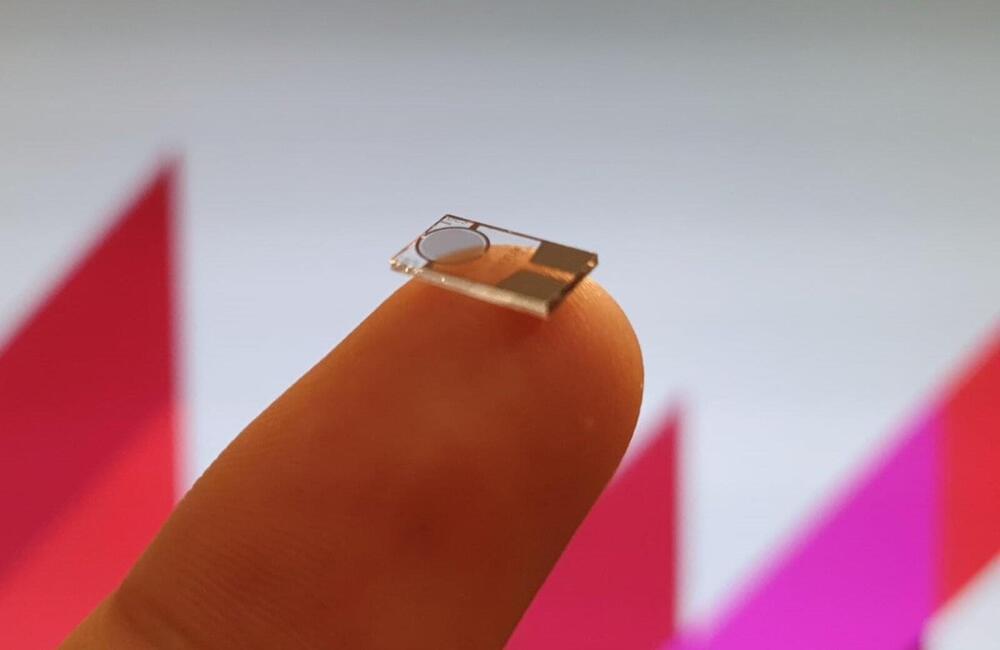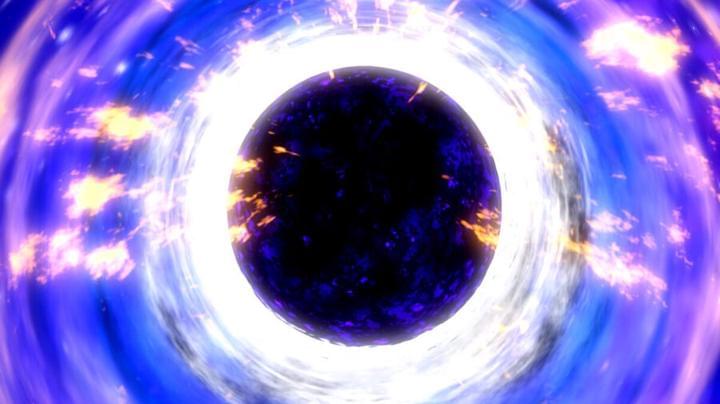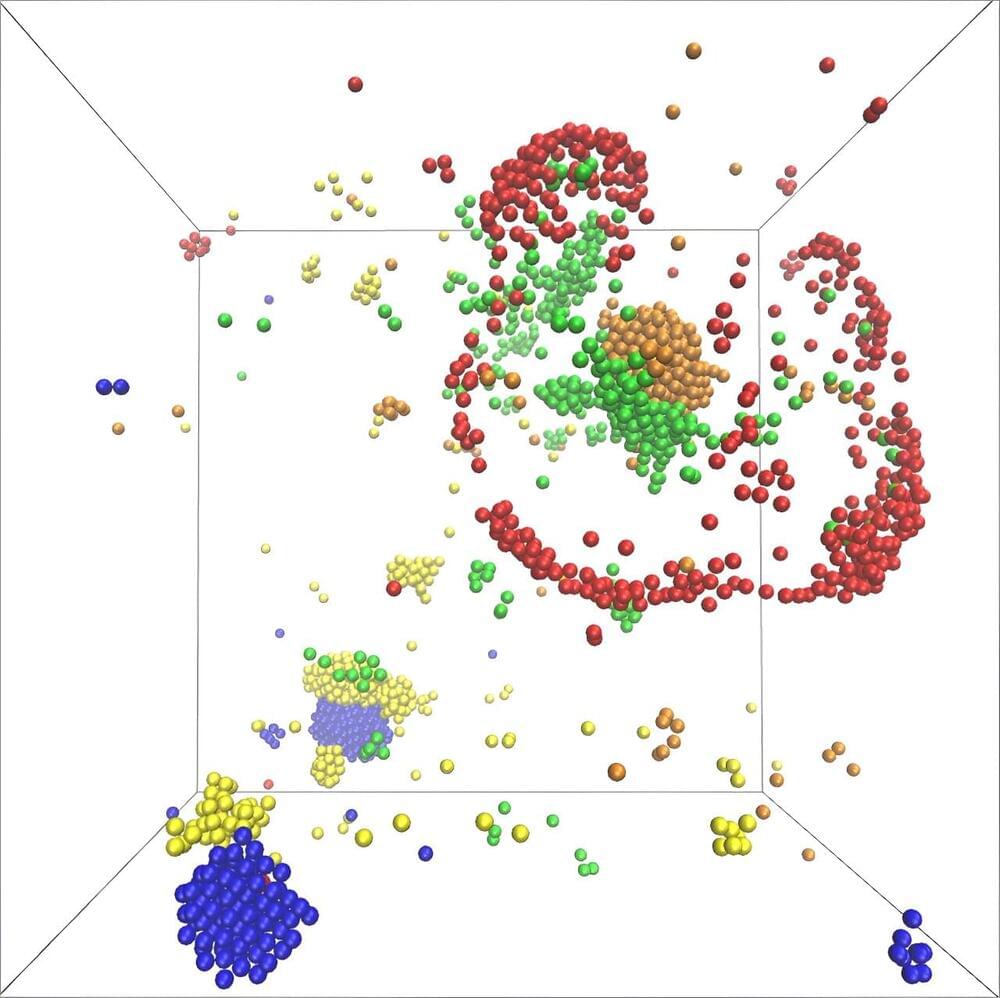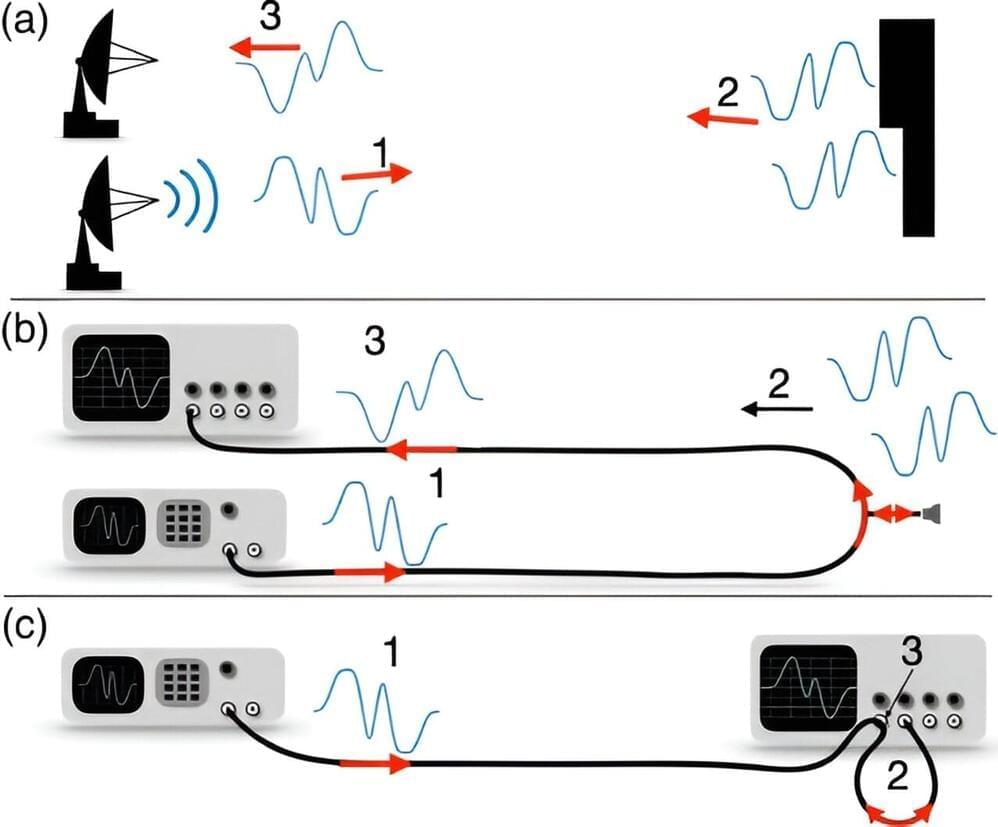Evolution doesn’t fix things — it reinvents them. A biologist explains.



Chemical structures called cyclopropanes can increase the potency and fine-tune the properties of many drugs, but traditional methods to create this structure only work with certain molecules and require highly reactive—potentially explosive—ingredients.
Now, a team of researchers from Penn State has identified and demonstrated a safe, efficient and practical way to create cyclopropanes on a wide variety of molecules using a previously undescribed chemical process. With additional development, the new method—described in a paper publishing Aug. 4 in the journal Science —could transform how this important process occurs during drug development and creation.
Cyclopropanes are a key feature in many drugs currently approved by the U.S. Food and Drug Administration, including those used to treat COVID-19, asthma, hepatitis C, and HIV/AIDs. These structures can increase a drug’s potency, alter its ability to dissolve in the body, minimize its interactions with unintended targets, and otherwise fine-tune performance. Cyclopropanes are a ring of three connected carbon atoms, with one carbon attached to the rest of the drug molecule and the other two each attached to two hydrogen atoms.

Thermal field theory seeks to explain many-body dynamics at non-zero temperatures not considered in conventional quantum field theory.
The thermal field theory, as presented by Munshi G. Mustafa, bridges statistical mechanics and quantum field theory, simplifying the analysis of many-body systems and enhancing the understanding of high-energy collisions and early universe evolution.
Quantum field theory is a framework used by physicists to describe a wide range of phenomena in particle physics and is an effective tool to deal with complicated many-body problems or interacting systems.

There is a lot of speculation about the end of the universe. Humans love a good ending after all. We know that the universe started with the Big Bang and it has been going for almost 14 billion years. But how the curtain call of the cosmos occurs is not certain yet. There are, of course, hypothetical scenarios: the universe might continue to expand and cool down until it reaches absolute zero, or it might collapse back onto itself in the so-called Big Crunch. Among the alternatives to these two leading theories is “vacuum decay”, and it is spectacular – in an end-of-everything kind of way.
While the heat death hypothesis has the end slowly coming and the Big Crunch sees a reversal of the universe’s expansion at some point in the future, the vacuum decay requires that one spot of the universe suddenly transforms into something else. And that would be very bad news.
There is a field that spreads across the universe called the Higgs field. Interaction between this field and particles is what gives the particles mass. A quantum field is said to be in its vacuum state if it can’t lose any energy but we do not know if that’s true for the Higgs field, so it’s possible that the field is in a false vacuum at some point in the future. Picture the energy like a mountain. The lowest possible energy is a valley but as the field rolled down the slopes it might have encountered a small valley on the side of that mountain and got stuck there.

Macquarie University engineers have developed a new technique to make the manufacture of nanosensors far less carbon-intensive, much cheaper, more efficient, and more versatile, substantially improving a key process in this trillion-dollar global industry.
The team has found a way to treat each sensor using a single drop of ethanol instead of the conventional process that involves heating materials to high temperatures.
Their research, published in Advanced Functional Materials, is titled, ‘Capillary-driven self-assembled microclusters for highly performing UV detectors.’
Joscha Bach is a cognitive scientist, AI researcher, and philosopher. Please support this podcast by checking out our sponsors:
- Numerai: https://numer.ai/lex.
- Eight Sleep: https://www.eightsleep.com/lex to get special savings.
- MasterClass: https://masterclass.com/lex to get 15% off.
- AG1: https://drinkag1.com/lex to get 1 month supply of fish oil.
TRANSCRIPT:
EPISODE LINKS:
Joscha’s Twitter: https://twitter.com/Plinz.
Joscha’s Website: http://bach.ai.
Joscha’s Substack: https://substack.com/@joscha.
PODCAST INFO:
Podcast website: https://lexfridman.com/podcast.
Apple Podcasts: https://apple.co/2lwqZIr.
Spotify: https://spoti.fi/2nEwCF8
RSS: https://lexfridman.com/feed/podcast/
Full episodes playlist: https://www.youtube.com/playlist?list=PLrAXtmErZgOdP_8GztsuKi9nrraNbKKp4
Clips playlist: https://www.youtube.com/playlist?list=PLrAXtmErZgOeciFP3CBCIEElOJeitOr41
OUTLINE:
0:00 — Introduction.
1:15 — Stages of life.
13:37 — Identity.
20:12 — Enlightenment.
26:43 — Adaptive Resonance Theory.
33:31 — Panpsychism.
43:31 — How to think.
51:25 — Plants communication.
1:09:20 — Fame.
1:34:57 — Happiness.
1:42:15 — Artificial consciousness.
1:54:23 — Suffering.
1:59:08 — Eliezer Yudkowsky.
2:06:44 — e/acc (Effective Accelerationism)
2:12:21 — Mind uploading.
2:23:11 — Vision Pro.
2:27:25 — Open source AI
2:40:17 — Twitter.
2:47:33 — Advice for young people.
2:50:29 — Meaning of life.
SOCIAL:

Whether you find yourself laying awake at night crippled with anxiety regarding the embarrassing errors of your past, or just love Christopher Nolan’s non-linear storytelling, you may be shocked to learn about the latest scientific discovery. According to a recent write-up from Science Alert, time travel may actually be achievable, using the powerful time dilation of interstellar wormholes.

Catalytic molecules can form metabolically active clusters by creating and following concentration gradients—this is the result of a new study by scientists from the Max Planck Institute for Dynamics and Self-Organization (MPI-DS). Their model predicts the self-organization of molecules involved in metabolic pathways, adding a possible new mechanism to the theory of the origin of life.
The results can help to better understand how molecules participating in complex biological networks can form dynamic functional structures, and provide a platform for experiments on the origins of life.
One possible scenario for the origin of life is the spontaneous organization of interacting molecules into cell-like droplets. These molecular species would form the first self-replicating metabolic cycles, which are ubiquitous in biology and common throughout all organisms. According to this paradigm, the first biomolecules would need to cluster together through slow and overall inefficient processes.

New interference radar functions employed by a team of researchers from Chapman University and other institutions improve the distance resolution between objects using radar waves. The results may have important ramifications in military, construction, archaeology, mineralogy and many other domains of radar applications.
This first proof-of-principle experiment opens a new area of research with many possible applications that can be disruptive to the multi-billion dollar radar industry. There are many new avenues to pursue both in theory and experiment.
The discovery addresses a nine decades-old problem that requires scientists and engineers to sacrifice detail and resolution for observation distance—underwater, underground, and in the air. The previous bound limited the distance estimated between objects to be one quarter of the wavelength of radio waves; this technology improves the distance resolution between objects using radar waves.